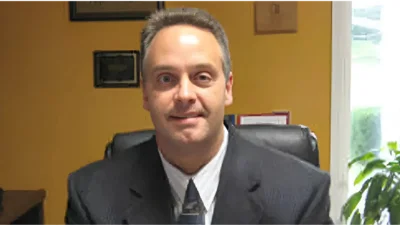HSHS St. Francis Hospital issued the following announcement on May 12.
Every minute a person’s brain is without oxygen due to a stroke, 2 million brain cells die. This can often lead to brain damage, disability or death.
The Centers for Disease Control and Prevention (CDC) identifies stroke as the third-leading cause of death in Illinois, with more than 6,000 deaths annually.
HSHS St. Francis Hospital encourages community members to know the most common signs of stroke:
- Sudden dizziness or loss of balance
- Sudden numbness of the face, arm or leg
- Sudden trouble seeing
- Sudden severe headache with no known cause
B – Balance: Ask the person to attempt to stand. Is he or she dizzy?
E – Eye changes: Ask the person to look at you. Does he or she report blurred vision?
F – Face drooping: Ask the person to smile. Does one side droop?
A – Arm weakness: Ask the person to raise both arms. Does one arm drift downward?
S – Slurred speech: Ask the person to repeat a simple sentence. Are the words slurred?
T – Time to call 9-1-1: If the person shows any of these signs, call 9-1-1 immediately.
“Treatment for stroke can begin in the ambulance, so it’s really important to know the signs and symptoms of a stroke and to get someone medical assistance as soon as possible,” says St. Francis Hospital Emergency Department Director Dr. Michelle Alepra. “The chances of survival are greater when emergency treatment begins quickly, so patients should ALWAYS call 9-1-1 if a stroke is suspected. Immediate treatment and early intervention may minimize the long-term effects of stroke.”
In the United States, the CDC says 800,000 people have a stroke every year, however 80% of strokes are preventable by making lifestyle changes to reduce your risk:
- Don’t smoke
- Be physically active
- Control cholesterol
- Control blood pressure
- Maintain a healthy body weight
- Reduce blood sugar
Dr. Alepra noted those preventative actions are also important because they are within your control. Other things like age, family history, race and gender are not.
The most common type of stroke is an ischemic stroke, which occurs when blood flow through the artery that supplies oxygen-rich blood to the brain becomes blocked. In the United States, 87% of strokes are ischemic.
A hemorrhagic stroke happens when an artery in the brain leaks blood or ruptures, putting too much pressure on brain cells which damages them.
If you think someone is having a stroke, call 9-1-1 immediately. For more information about signs, symptoms and how to respond, visit the American Stroke Association or the CDC stroke webpage.
Original source can be found here.



 Alerts Sign-up
Alerts Sign-up